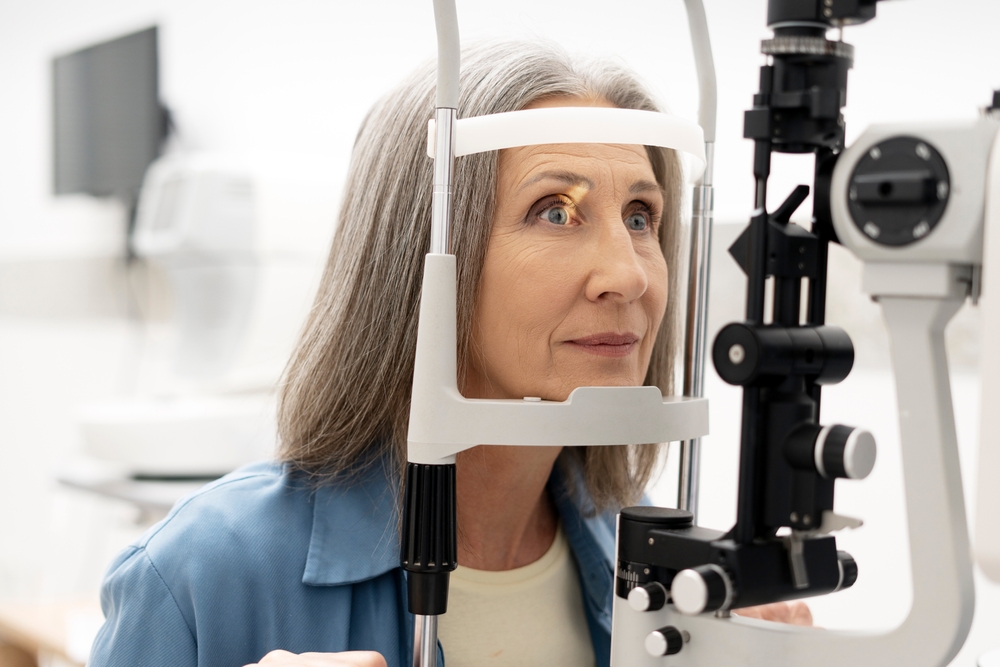Doc Eye LLC Blog
Coming Soon!

Dry eye is one of the most common reasons older adults visit an eye doctor. As we age, our tear production naturally decreases, and the quality of our tears can decline as well - leading to irritation, blurry vision, and a persistent feeling of dryness or burning. Fortunately, today’s eye care technology offers highly effective solutions to help seniors find lasting relief.

Screens have become a daily part of childhood, used for learning, communication, and entertainment. While digital devices offer many benefits, extended screen time can place added stress on children’s eyes. Because young eyes are still developing, understanding how screen use affects visual comfort and eye health is essential for preventing eye strain and supporting long-term vision.

As we age, maintaining healthy vision becomes increasingly important - especially when it comes to preventing conditions that can cause permanent vision loss. Glaucoma is one of the leading causes of blindness among older adults, often progressing silently until significant damage has occurred. Understanding what to look for and the importance of regular eye exams can make all the difference in preserving your sight.

Your eyes are one of the most sensitive and vital organs in your body. They allow you to connect with the world, and protecting your vision is essential for maintaining overall health and quality of life. While occasional irritation or minor changes in vision might not be serious, there are certain symptoms that should never be brushed aside.

For adults over the age of 65, annual eye exams aren’t just a recommendation - they’re a vital part of maintaining overall health and independence. Regular checkups can help detect issues early, preserve vision, and ensure that seniors continue to enjoy a high quality of life.

Blurry vision is a common complaint that most people experience at some point. Maybe you forgot your glasses, stared at a screen too long, or simply need a fresh prescription. But sometimes, blurry vision can be a sign of a serious underlying medical condition that requires immediate attention. Knowing when blurry vision is a medical emergency can help protect your sight.

Cataracts are a natural part of the aging process and often develop gradually in both eyes. However, it's not uncommon for one eye to show signs of cataracts earlier or progress more rapidly than the other. This uneven development can be confusing or even concerning for patients, but there are several reasons it can occur.

Glaucoma is often called the “silent thief of sight” because it can progress without noticeable symptoms until significant vision loss occurs. It’s one of the leading causes of irreversible blindness worldwide. But with early detection and proper management, vision loss from glaucoma can often be prevented.

As the years go by, it is normal to notice changes in your eyesight. Vision tends to evolve gradually, and many of these changes are a natural part of aging. While some shifts may be mild or expected, others can signal more serious eye health concerns. Understanding how your eyes change over time is the first step in protecting your vision and maintaining quality of life as you age.

March is Save Your Vision Month, a time dedicated to raising awareness about eye health and the steps we can take to protect our sight. Vision changes can creep up slowly, making it easy to ignore minor symptoms. But when it comes to conditions like Age-Related Macular Degeneration (AMD), early detection and proactive management can make all the difference.


















